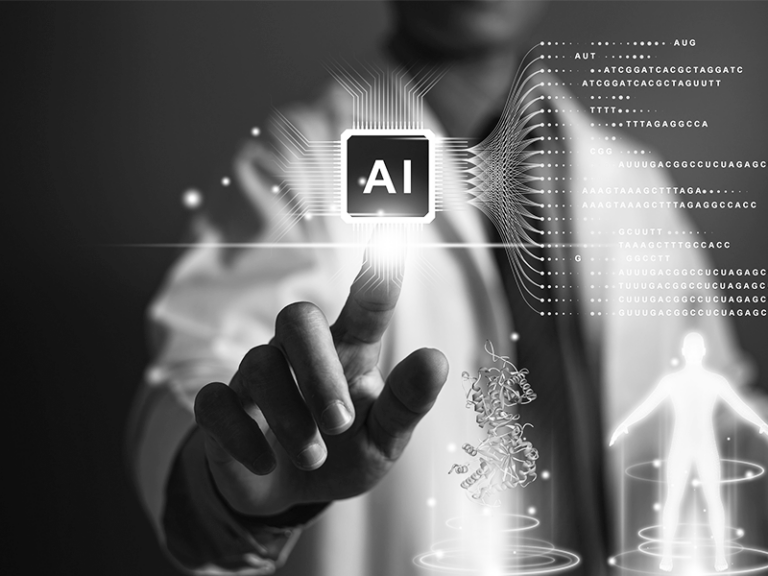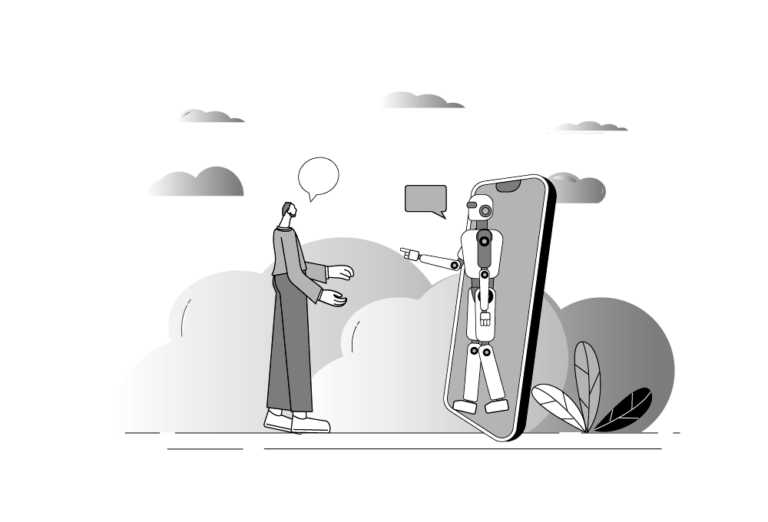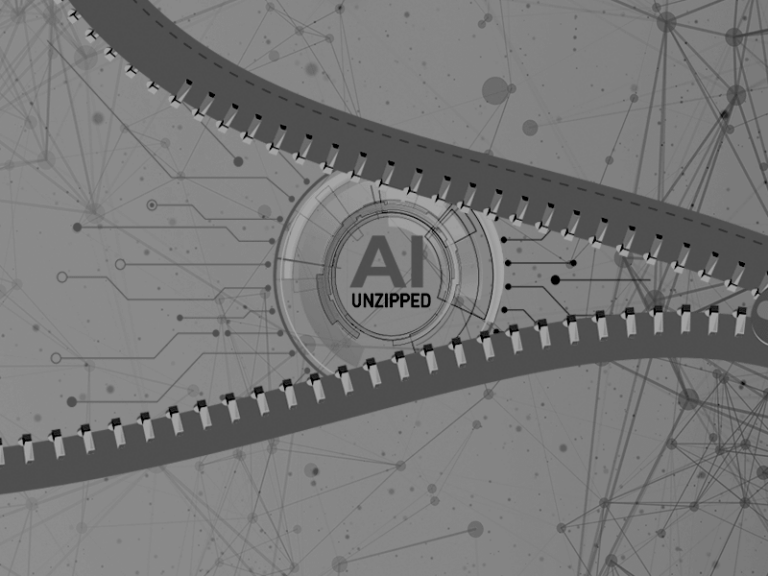Just as the wheel, printing press, industrial machines, and the internet transformed our world, generative AI brings a new era for mankind—one where the power to create digital products is not confined to a few but accessible to many.
Some have claimed generative AI is the “death of code”. This is a sensational headline and obviously false: code will always be the underlying fabric of our digital world. What generative AI does represent is the death of a high barrier to entry to the digital realm and the dawning of an era where one’s coding skills do not limit the power to solve problems.
In this new era, we will see a surge of creativity and innovation as more people are empowered to build, create, and solve problems. We will see a shift from a world where coding is a specialized skill to a world where digital problem-solving is a basic literacy.
To explore just how broad an impact we’re in for, let’s compare the digital revolution (up to the invention of generative AI) with human’s other great inventions:

OUR HUMBLE BEGINNINGS USING BASIC TOOLS
Our earliest tools—a stone, a stick, a bone—were simple and rudimentary. They acted as extensions of the human body by augmenting our natural abilities to hunt and cook.
Similarly, the first programming languages, FORTRAN and COBOL, which might seem archaic now, revolutionized our ability to solve complex problems and manipulate data, allowing us to extend our cognitive abilities into the realm of the machine.
Just as our ancestors used tools to shape their environment, we shaped our digital environment using these early programming languages. They allowed us to build software, create digital infrastructure, and ultimately forge the interconnected world we inhabit today.

THE EMERGENCE OF SPECIALIZED, COMPLEX TOOLS
As our ancestors’ societies became more complex, so did their tools, evolving objects into implements (axes, bows, needles) designed to perform specific tasks. This complexity, while allowing for greater efficiency, created a divide. Not everyone could craft a bow; it required skills and training. Thus, the toolmaker emerged as a specialized role in early societies.
Similarly, as digital societies evolved, so did programming languages. Assembly languages gave way to high-level languages like C++, Java, and Ruby. These languages, while more powerful and versatile than their predecessors, still required specialized coding skills.
This specialization created a divide between those who could code and those who couldn’t. If you wanted to solve a problem in the digital realm, you either needed to learn to code or hire a developer or programmer. This effectively shut out a large portion of the population from digital problem-solving.
Python, JavaScript, and PHP were created with a simplified syntax and increased versatility to make coding more accessible to everyone. Regardless, coding remained a specialized skill– that is, until the invention of generative AI.

THE DEMOCRATIZATION OF INFORMATION AND KNOWLEDGE
THE PRINTING PRESS
Before the invention of the printing press, books were painstakingly copied by hand, making them expensive and scarce. Knowledge was the province of the privileged. The printing press made books cheap and abundant, equalizing access to information and setting the stage for the scientific revolution, the Enlightenment, and the spread of democracy.
Likewise, the invention of the internet created a global network of information accessible to anyone with a connection. It revolutionized access to knowledge, breaking down barriers and opening up new opportunities for learning and collaboration. Today, we take this abundance for granted.

MASS PARTICIPATION IN PRODUCTION
The Industrial Revolution marked a turning point in human history. It was a period of rapid industrial growth, marked by the introduction of machinery in manufacturing. This transition allowed for the mass production of goods, making them more accessible and affordable. The power to create was no longer confined to skilled artisans; machines could churn out products at a scale and speed that humans couldn’t match.
In the context of our digital evolution, generative AI stands as the machinery of our era. It’s poised to usher in a new kind of Industrial Revolution, one that’s centered around the mass production of digital solutions. By automating the process of solving problems, generative AI allows us to create digital solutions on a scale and at a speed that was previously unimaginable.
But the true power of generative AI, much like the machinery of the Industrial Revolution, lies not just in its ability to produce but also in its ability to equalize. Generative AI doesn’t just create digital solutions; it empowers anyone to create digital solutions. It’s not just about making coding faster and more efficient; it’s about removing the need to code altogether.
Imagine a world where creating a digital solution is as straightforward as operating a machine. A world where you don’t need to understand the intricacies of coding to build an app or a website. This is the world that generative AI is poised to create. It’s a world where the power to create is not confined to a coding elite but distributed among the many. It’s a world of mass production and mass participation, a world of digital democratization.
THE FUTURE IS GENERATIVE
The story of human progress is, in many ways, the story of tools. We have relied on tools for our survival and advancement, to overcome our physical limitations, alter our environment, and create and build. Just as we have shaped tools, they have shaped us.
Just as the tools of the past shaped our physical world, the tools of the present are shaping our digital world. And as we look to the future, we can see a world shaped not just by code but by the collective creativity of all those empowered by generative AI.
ABOUT THE AUTHOR

Joel Dykstra, Digital Architect, has over 15+ years of hands-on experience leading the architecture, design, build, and management of digital experience platforms. I’m able to see and communicate the big picture in an inspiring way, and I’m skilled at generating new and creative approaches to problems when all solutions seem exhausted.
Connect with Joel on LinkedIn







